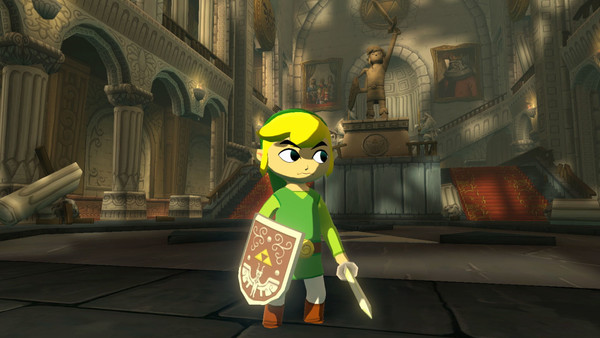7 Confusing Video Game Plots That Make More Sense Than You Think
3. The Legend Of Zelda Series

While none of the Zelda games individually have particularly complex plots (though a case could be made for Majora's Mask) when viewed as a whole, the vast majority assume that there's no real continuity or structure. In actuality, applying the timeline information provided by Nintendo gives the whole series a very satisfying sense of unity. Even better, it draws basically every game together extremely simply.
Skyward Sword comes first, detailing the battle between the surface dwellers and the Goddess Hylia. This is followed by The Minish Cap in which Hyrule is in a very primitive state and Vaati is the main antagonist. This is logically followed by Four Swords, which also features Vaati. Then comes Ocarina Of Time, which allows for the remaining games to be accounted for.
How? Using three distinct timelines. In the timeline in which the Hero of Time is defeated, Ganon is resurrected prompting the events of A Link To The Past, the Oracle games and Link's Awakening. In a world in which the hero succeeds and returns to child form, we see the direct sequel Majora's Mask. And if he doesn't return to child form, Ganondorf is sealed away. When he attempts to break from this seal Hyrule is flooded, leading into The Wind Waker and its sequels.
For a franchise with so many games the timeline answers a significant number of questions.
Oh, and Skyward Sword also confirms that the innumerable Zeldas, Links and Ganondorfs are just recurring incarnations of the Goddess Hylia, the demon king Demise and the original hero – so that's why the same three people crop up again and again and again. See? It all makes sense.